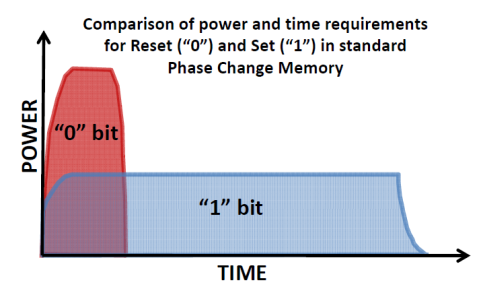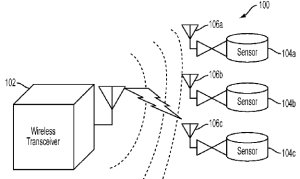Simple hardware modification eliminates passive RFID tag interference
Radio-frequency identification (RFID) systems transmit data wirelessly between a reader and a tag/sensor attached to an object. The purpose is to identify and track the object, and sometimes to collect and transmit information about the object’s environment.
The tag may either be “active”, having its own source of power, or “passive”, relying solely on the RF energy emitted by the reader to generate a response signal. Each system has advantages is certain applications. In general, passive tags are much smaller, cheaper and last longer. One the other hand, because all of the tags within a vicinity respond when the reader emits an interrogating signal, multiple tag signals interfere with one another and may be difficult for the reader to separate.
Novel system architecture results in 33.9% increase in computer system performance
 It is predicted that by 2018 computers will be capable of a billion billion calculations per second. That means they will require 1000 times more memory than is available today. One essential type of memory, DRAM, is reaching its performance limit for energy efficiency and transistor scaling.
It is predicted that by 2018 computers will be capable of a billion billion calculations per second. That means they will require 1000 times more memory than is available today. One essential type of memory, DRAM, is reaching its performance limit for energy efficiency and transistor scaling.
Phase Change Memory (PCM) is a leading contender to replace DRAM. It outperforms in both power usage and scalability and, unlike DRAM, PCM stores data permanently instead of losing it if the power goes out. This is similar to other permanent memory devices, like the familiar flash drive, but PCM is more reliable and over 100 times faster than flash.
However, PCM has a major weakness: slow data write speed. This is due to characteristics of the chip material that cause writing a “1” data bit to be slower than writing a “0” bit. So the speed of writing a bit sequence is always limited by the ones present. The chip also requires more electrical current to write a zero than a one. As a result, the zeros present limit the number of PCM cells that can be written concurrently. Read More…

